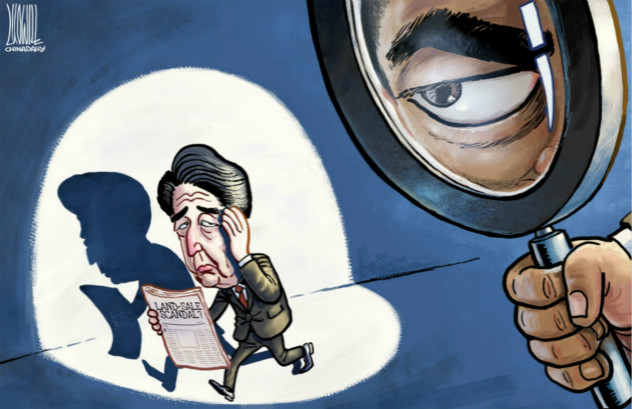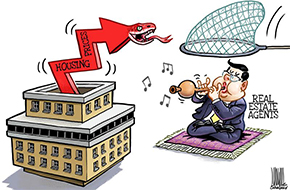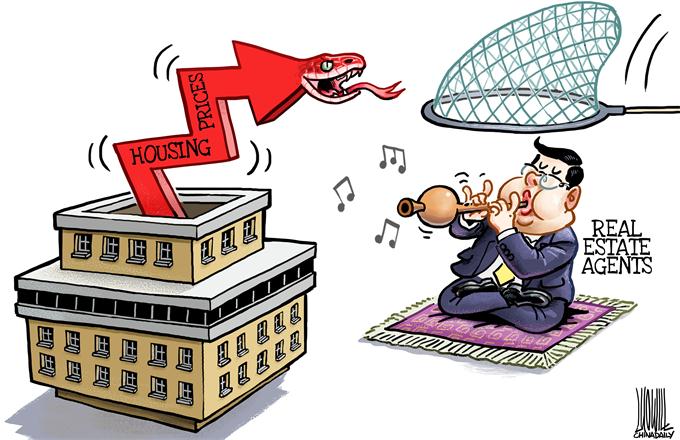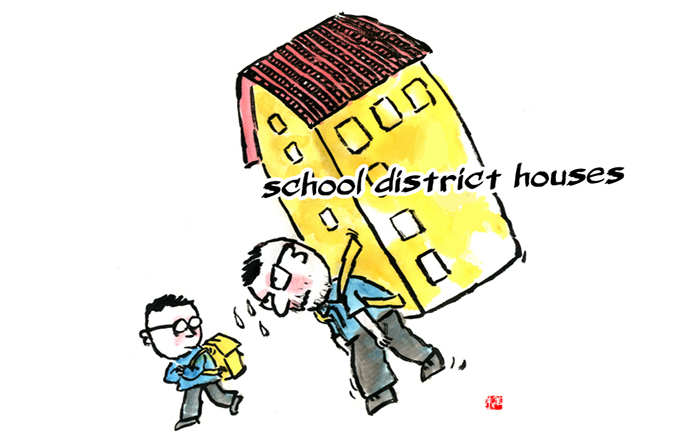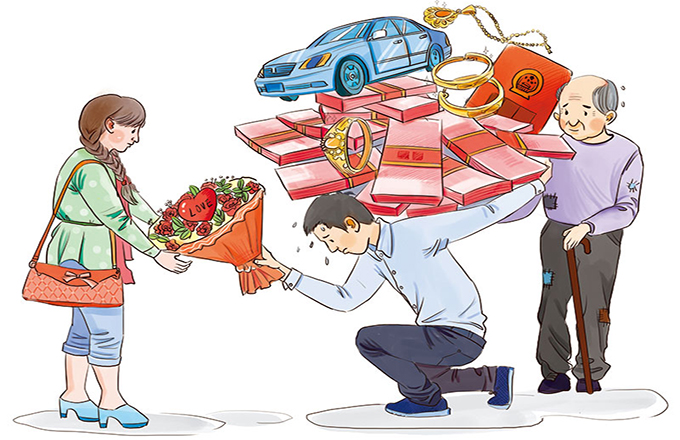No doubling down on old model
Other countries will need to adapt as China embraces slower economic growth as a result of its rebalancing
At 7.7 percent, China's annual GDP growth in the first quarter of this year was slower than many expected. While the data were hardly devastating relative to a consensus forecast of 8.2 percent, many expected a second consecutive quarterly rebound from the slowdown that appeared to have ended in the third quarter of 2012. China doubters around the world were quick to pounce on the number, expressing fears of a stall, or even a dreaded double dip.
But slower GDP growth is actually good for China, provided that it reflects the long-awaited structural transformation of the world's most dynamic economy. The broad outlines of this transformation are well known - a shift from export- and investment-led growth to an economic structure that draws greater support from domestic private consumption. What is less well known is a rebalanced China should have a slower growth rate, the first hints of which may now be evident.
A rebalanced China can grow more slowly because by drawing increased support from services-led consumer demand, China's new model will embrace a more labor-intensive growth recipe. The numbers seem to bear that out. China's services sector requires about 35 percent more jobs per unit of GDP than do manufacturing and construction the primary drivers of the old model.
That number has potentially huge implications, because it means that China could grow at an annual rate of 7 to 8 percent and still achieve its objectives with respect to employment and poverty reduction. China has struggled to attain these goals with anything less than 10 percent growth, because the old model was not generating enough jobs per unit of output. Firms increasingly replaced workers with machines embodying the latest technologies, as Chinese manufacturing moved up the value chain.
On one level, that made sense. Capital-labor substitution is at the heart of modern productivity strategies for manufacturing-based economies. But it left China in a deepening hole, as increasingly deficient in jobs per unit of output, it needed more units of output to absorb its surplus labor. Ultimately, that became more of a problem than a solution. The old manufacturing model, which fueled an unprecedented 20-fold increase in per capita income relative to the early 1990s, also sowed the seeds of excessive resource consumption and environmental degradation.
Services-led growth is, in many ways, the antidote to the "unstable, unbalanced, uncoordinated, and ultimately unsustainable" growth model. Services offer more than just a labor-intensive growth path. Compared to manufacturing, they have much smaller resource and carbon footprints. A services-led model provides China with an environmentally friendlier and ultimately more sustainable economic structure.





